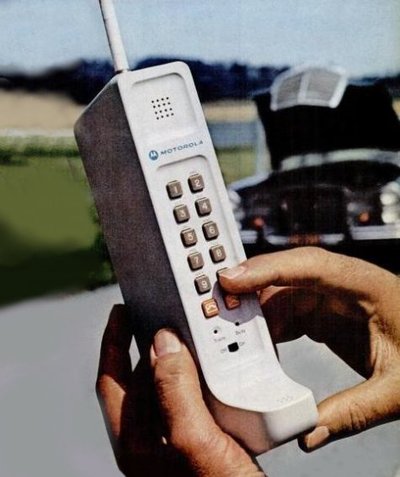 How’d I change from a fat-fearing, carb-loving American into an avoider of most industrial food?
How’d I change from a fat-fearing, carb-loving American into an avoider of most industrial food?
A short history…by twenty, I’d been a vegetarian for three years, but going to college and living in the South made it too challenging and alienating. So I started eating meat again and found myself feeling better. In college I ate a fairly common American diet of cafeteria food. After college, I pretty successfully switched to the low-fat, high-carb style of eating promoted by the American Heart Association and most other institutions.
I’ve always been active and interested in health; and about ten years ago I started hearing a few voices in the wilderness warning about the standard American diet that I’d embraced. Here’s an abbreviated thread about how the change happened in my thinking concerning how we should eat.
About eight years ago I read “The Fat Fallacy” which was written by a PhD who moved with his family to France for his advanced neuroscience study. While living in France for a couple of years, they ate the way the French traditionally have eaten, basically lots more fat and fewer processed foods. When they returned to the States they were thinner and healthier.
Then several years ago I read a book about paleolithic style eating and athletes. It was really intriguing but not compelling enough to get me to abandon the standard eating recommendations.
What really convinced me about four years ago was an interview I heard on the radio with Gary Taubes and reading his NYT article “What if It’s all Been a Big Fat Lie?” and then his book “Good Calories, Bad Calories.” It’s so thorough and well researched it’s sometimes like reading a text-book; it was a tough slog but worth it.
The reason I’m thinking about this is because I just read an interview with Gary Taubes over at the Browser. The interview covers most of what he details in GCBC but in a more boiled down version easy to follow form. I think you’ll find it interesting, at the least.
It’s a good way to start a new way of thinking for a new year, or any time.








